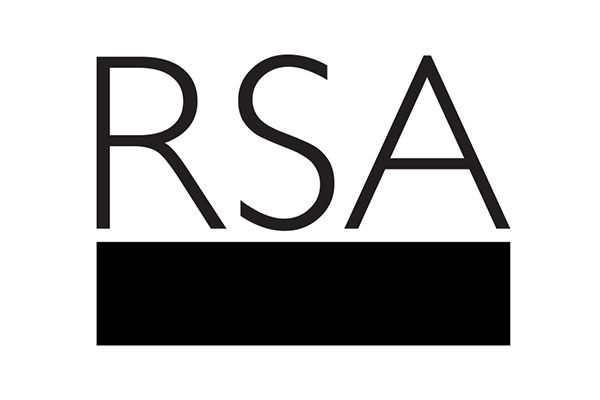A school system can be analysed at three distinct levels: national, regional or local governance, schools as institutions, and the system of teaching and learning. We can apply the three powers* framework to each level.
The goal of clumsy solutions is to combine the three powers by fostering forms of each which are both benign and compatible with the others. Such a balance is unusual and only temporary when it is achieved. The more normal case is for one perspective to dominate in something like the following way:
System governance:
Hierarchical orientation – Political/administrative centre takes responsibility in some detail for schools and what they do.
Solidaristic orientation – Direction provided by a closed circle of stakeholders, what Professor Rod Rhodes termed a ‘policy network’:‘a set of formal and informal institutional linkages between governmental and other actors structured around shared interests in public policymaking and implementation’
Individualistic orientation – Focus on quasi-market regulation encouraging and facilitating consumer (parental) choice and easing market entry and exit (take-over)
The school:
Hierarchical orientation – Power centred in the hands of the Head (and or governors), school highly structured around centrally mandated goals
Solidaristic orientation –Organisation driven by shared and co-produced mission with emphasis on wider social goals (in terms of both content of learning and school engagement with other schools and wider society).
Individualistic orientation – School sees itself as a market player driving in turn a ‘sink or swim’ culture in which success is rewarded and failure seen as the responsibility of individual teachers or pupils
Teaching and learning
Hierarchical orientation – Focus on knowledge, subject and traditional (sage on the stage) model of pedagogy
Solidaristic orientation – Focus on learning process as collaborative (both between teachers and between teachers and learners) and on wider development of pupils as ‘rounded citizens’.
Individualistic orientation – Focus on developing pupils’ capacity for self-directed independent learning and self- determination; explicit encouragement of experimentation and innovation
The downside of each emphasis differs from domain to domain but, in general, hierarchical orientation risks being bureaucratic and overbearing, solidaristic being introspective and producerist, and individualism encouraging atomism and attenuated social responsibility.
Of course, these are highly simplified descriptions but they give some sense of the inherent possibilities and frailties of each emphasis. More interesting may be to superimpose this framework on current Coalition policy and on various explicit or implicit alternatives.
What might be termed Gove-ism combines an individualistic orientation at the level of the system (Academies, Free schools, consumer-focussed information) and a hierarchical one at the level of teaching and learning (standards, focus on traditional subjects and forms of pedagogy). While thinking systematically about schools as institutions is largely absent, the effect of Government policy tends to be to reinforce hierarchical control by ‘heroic’ head-teachers.
In contrast, what might be termed naïve progressivism tends towards solidarism at each level while tending to understate the inherent frailties of such an emphasis.
The clumsy approach seeks to combine all three power sources at each level.
Thus the system of governance provides hierarchical leadership by setting a clear but flexible long term strategy, providing an intelligent but challenging framework of accountability, and being a powerful advocate for schools in the wider polity. The governance framework also taps into (and fosters) solidarity by seeking to craft an open and inclusive dialogue which recognises and honours the agency of each stakeholder. The aim is to design an enabling system which maximises the degree of devolution from the centre and freedom at the level of the school and classroom.
A similar mix is recommended at the level of the school although here leadership is more personal while, in relation to solidarity, there is strong emphasis on responsibilities beyond the school. Teachers are held individually responsible for their performance but there are also powerful system of professional support and development (you must swim but there is a shallow end and lifebelts).
Things are more complex in terms of teaching and learning. A clumsy solution seeks to identify and promulgate those forms of practice and knowledge in which there really is one best route for learning. However, such codes are both underpinned by and interrogated through inquiry based practice based on a model of professionalism which sees outcomes emerging through collaboration between teachers (inside and outside the school), between teachers and learners and between schools and wider society. The goal of enabling children to be independent, self-motivated leaners and citizens is paramount, but there is also practical commitment to addressing the imbalances in social and cultural capital which make such a goal much harder for some than others.
To some this may appear like progressivism reheated, to others a back-door way of legitimising unpalatable elements of reform. But perhaps a more common reaction will be that just given by my long suffering PA Barbara (never a fan of Cultural Theory) ‘Matthew, what on earth are you going on about?’.
*Derived from Cultural Theory in which there are four including the non-active frame of ‘fatalism’
Related articles
-
Imagining a better future through foresight – why the metaphors we use matter
Adanna Shallowe
As we begin to imagine the post-pandemic world, we need to challenge our use of old metaphors to allow for new narratives and better futures to emerge.
-
Polarised: The RSA podcast exploring the politics of division
James Shield
Is it really true that we’ve never been more divided as a society? And if it is, how did it happen and what can be done?
-
How can we give up bad habits for good?
Ian Burbidge
With the post-Christmas resolutions looming, when we try to address the worst of our seasonal over-indulgences, the question remains: how can we give up bad habits for good?




Be the first to write a comment
Comments
Please login to post a comment or reply
Don't have an account? Click here to register.